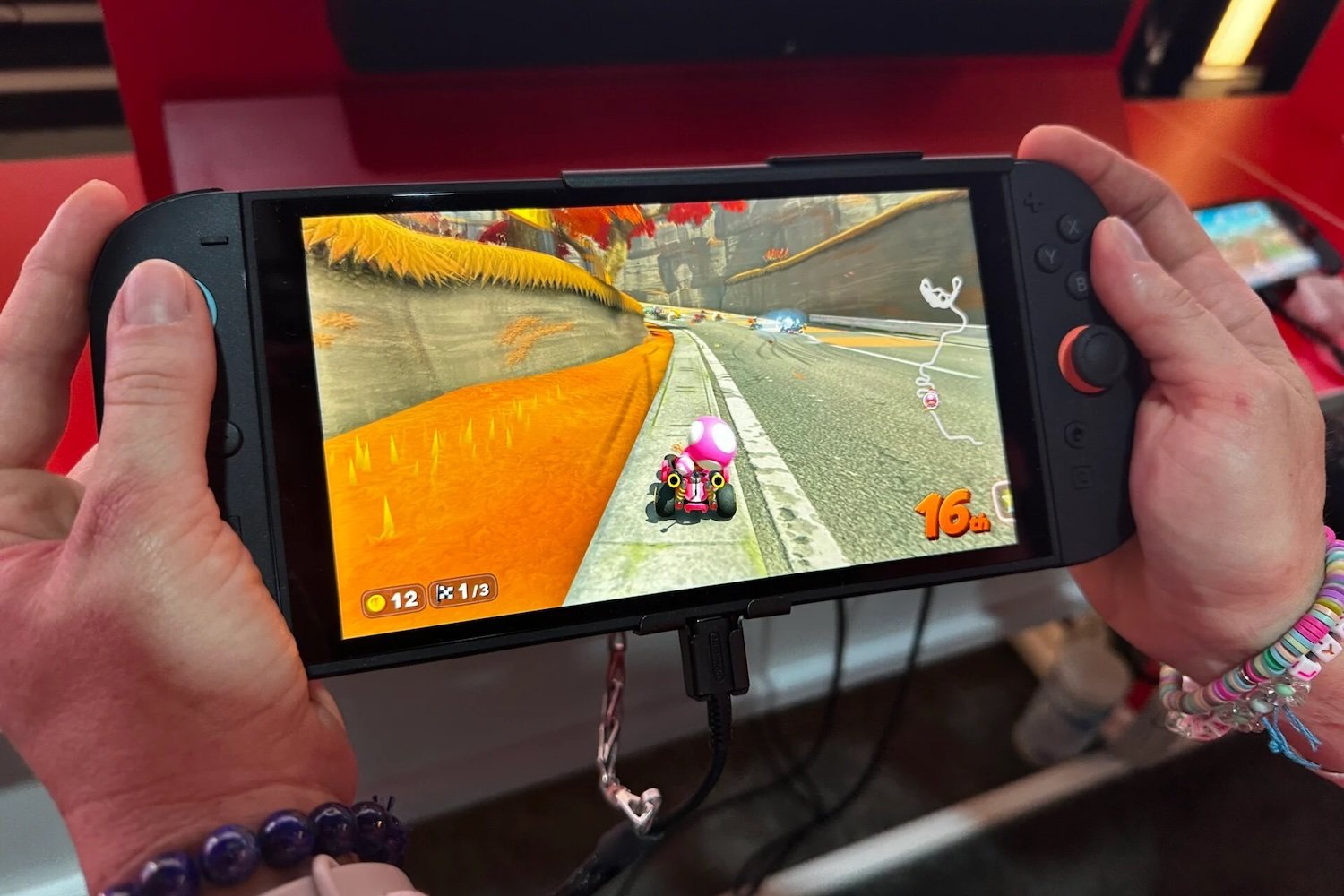Game Makers Eye Nintendo's Pricing Strategy: The $80 Switch 2 Gamble

Nintendo is setting a new standard for game pricing with its upcoming Switch 2 titles, signaling a potential industry-wide shift to higher price points. Major first-party releases are now slated to cost $80, a significant jump from previous generations that could prompt other game publishers to follow Nintendo's lead.
This price increase reflects the rising costs of game development, enhanced technological capabilities, and the increasing complexity of modern video game production. While gamers might initially balk at the higher price tag, the move suggests Nintendo is positioning its next-generation console with premium content and potentially more sophisticated gaming experiences.
Industry analysts are closely watching how consumers and competing publishers will respond to this pricing strategy. If successful, this could become a new benchmark for AAA game pricing across multiple platforms, fundamentally changing how gamers budget for their entertainment.
As the gaming landscape continues to evolve, this pricing adjustment represents a notable moment in the industry's economic model, potentially reshaping expectations for game costs in the coming years.
